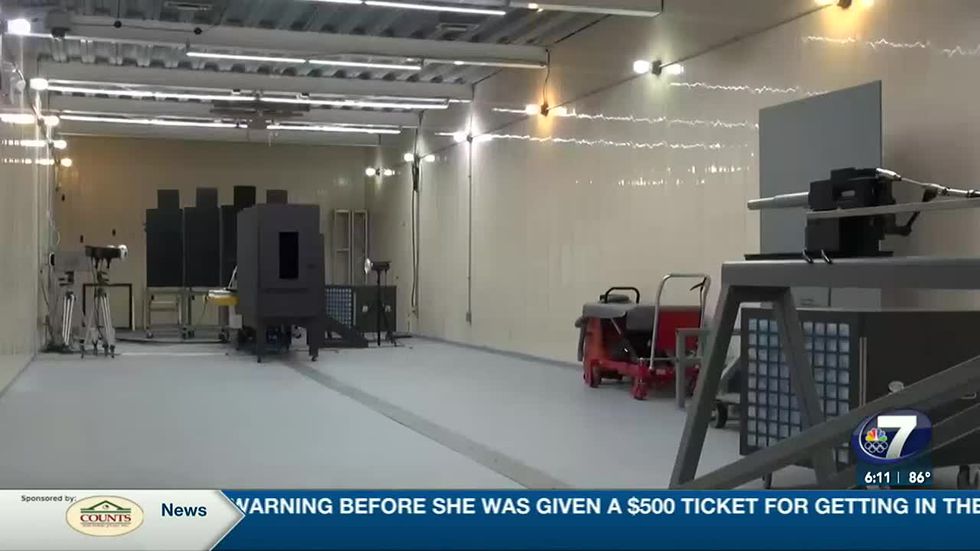Air Force Civil Engineer Center ballistics experts are working with the Army and Navy to test the durability and resiliency of concrete wall samples that have been printed with a 3D printer as the samples are shot with ammunition. Concrete material like the wall samples they’re testing could soon be used in building construction in combat areas.
.
Under strict safety protocols, within the Air Force Civil Engineer Center’s Specialized Ballistics Range Facility on Tyndall Air Force Base, Florida, the process is relatively straightforward: fire a shot, check to determine the range as ‘safe’, inspect and document the results, reload, and repeat several times. “We not only bring in new materials to the war fighter but also we need to test those materials when they are in a combat environment,” System Engineer Alex Oviedo with the Naval Facilities Engineering and Expeditionary Warfare Center said. “So we need to test ‘what is their strength?’ and ‘how are they are going to react to munitions?’” Experts from the Air Force, Army, and Navy all have an interest in testing the ballistics effects on ‘additively manufactured’ or “3D printed” concrete wall samples when fired upon […]
Case Study: How PepsiCo achieved 96% cost savings on tooling with 3D Printing Technology
Above: PepsiCo food, snack, and beverage product line-up/Source: PepsiCo PepsiCo turned to tooling with 3D printing...






























0 Comments